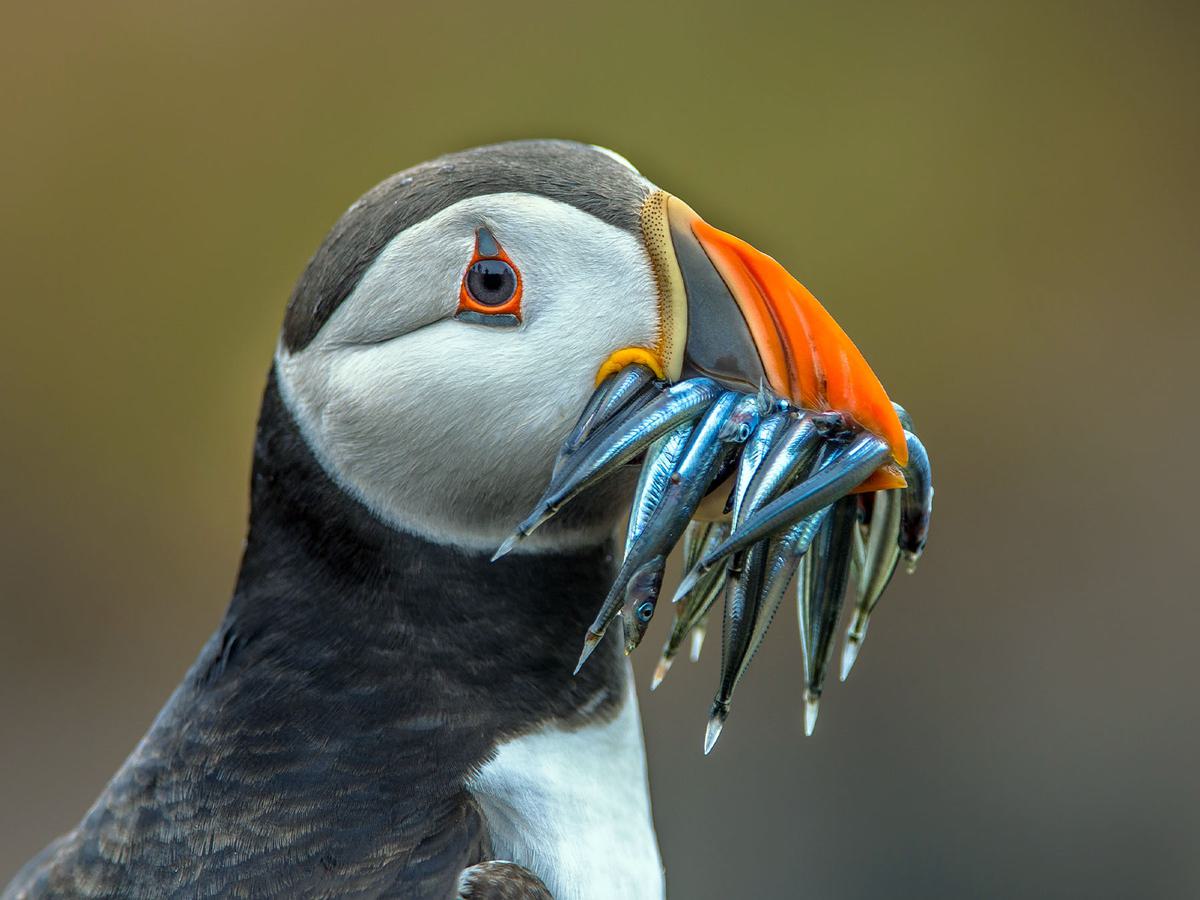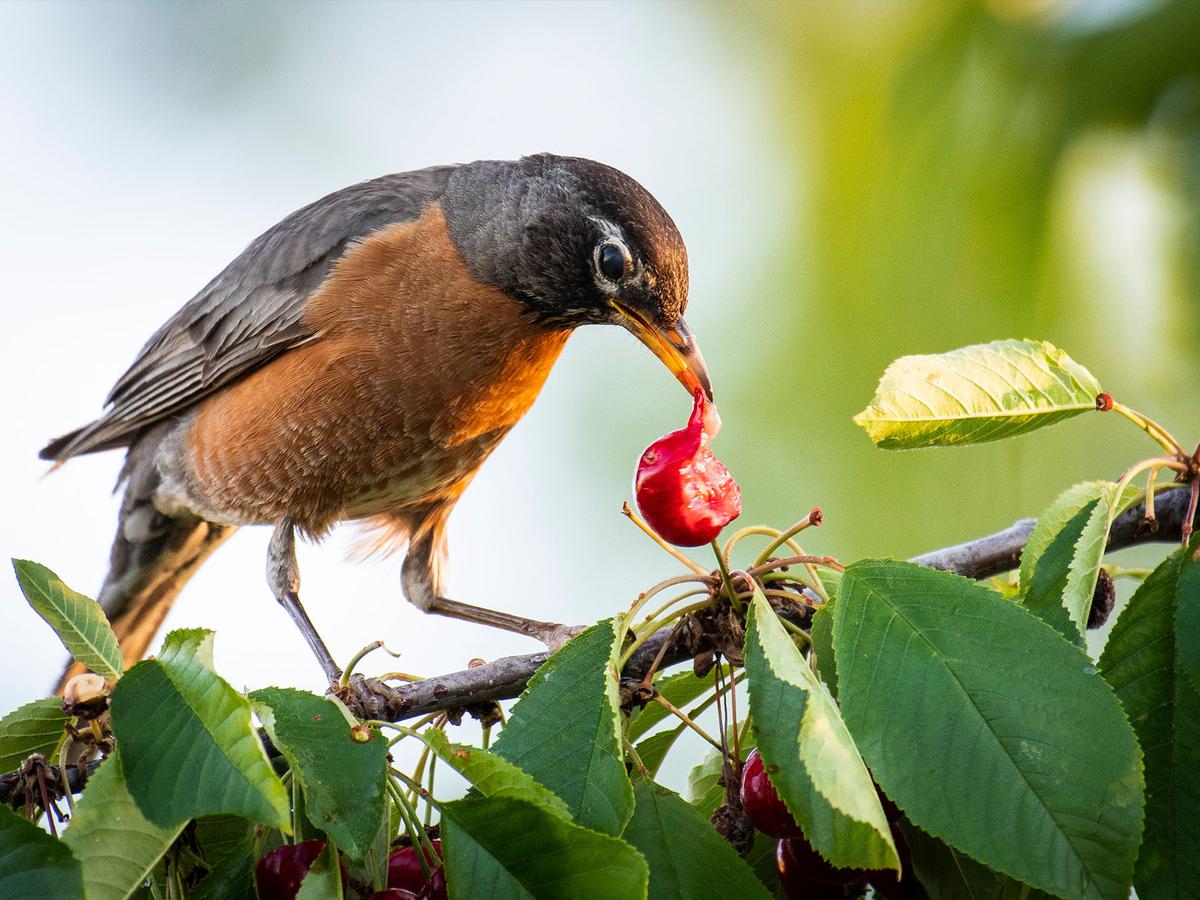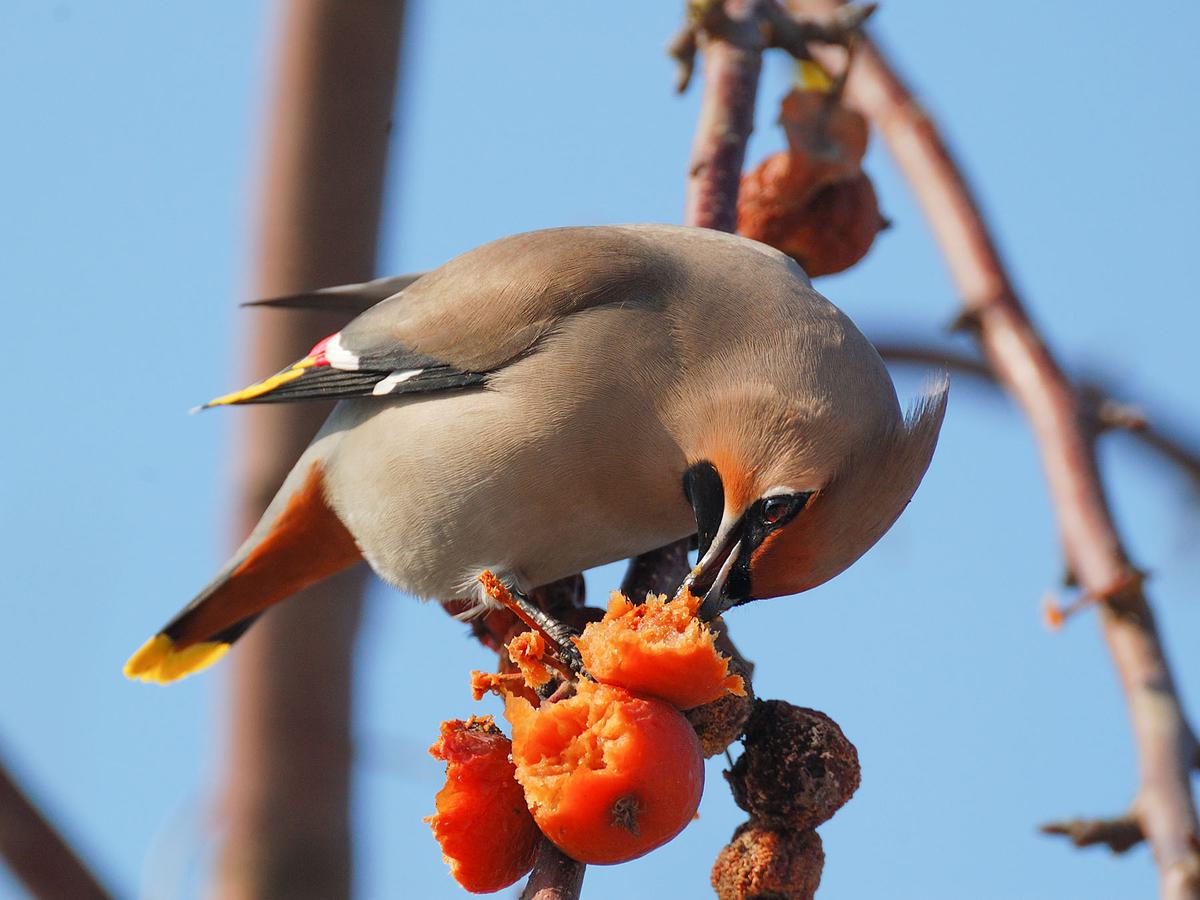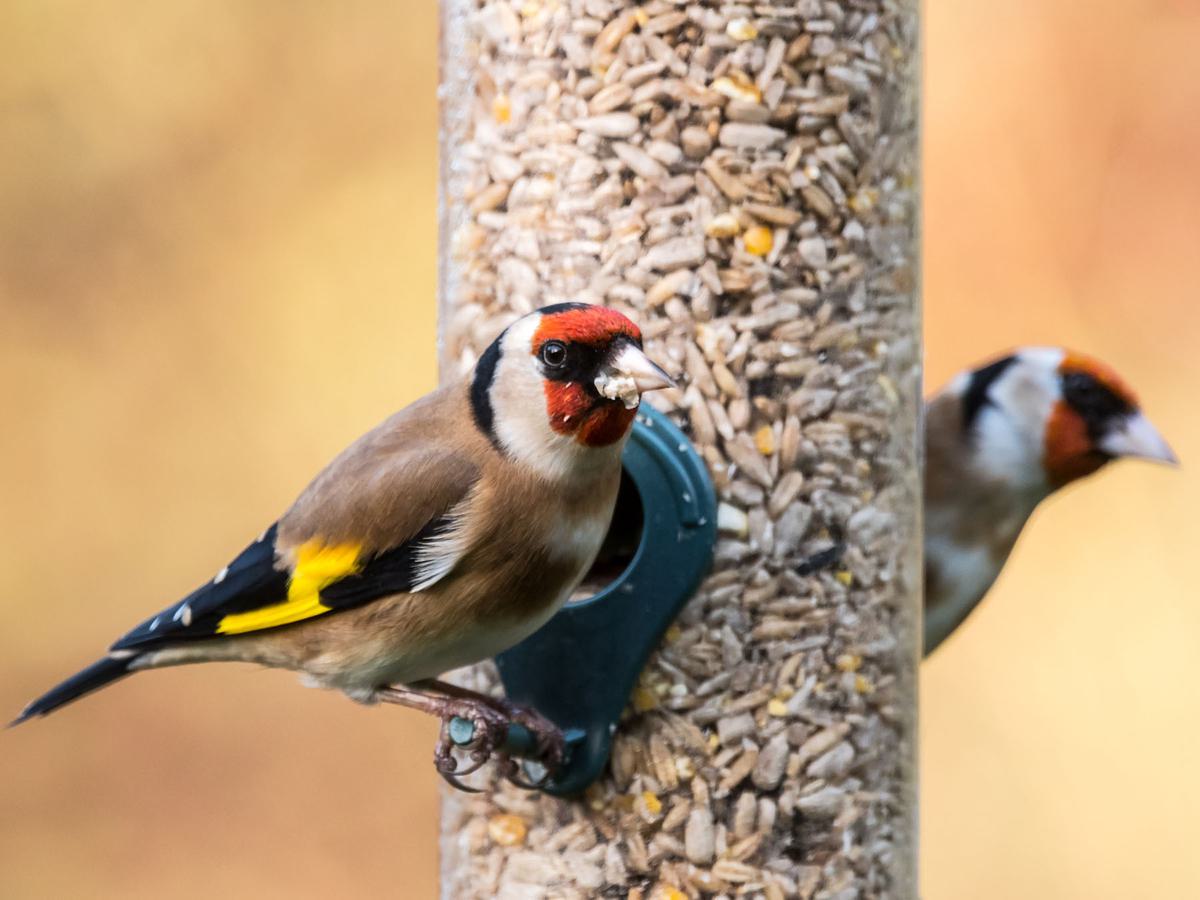Digestive System
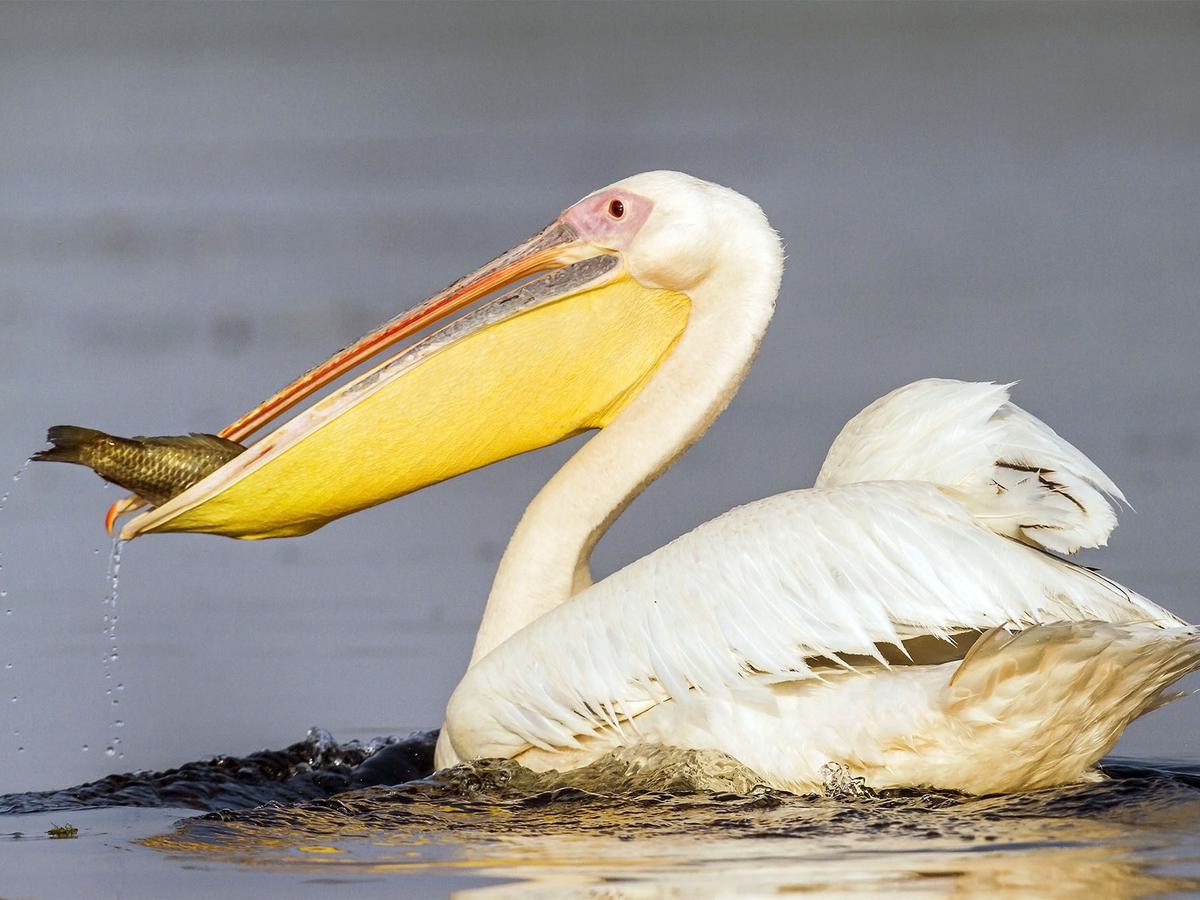
The avian digestive system is a complex marvel of evolution that allows birds to access the life-giving nutrients and energy locked away in foods as diverse as nectar, seeds, fruits, meat, and even bones!
Of course, such a wide range of diets requires some specialized adaptations in the digestive system, from the beak to the crop and beyond.
In this introductory guide, we’ll be covering the organs and processes involved in avian digestion. Read along to learn how birds get the most from their meals.
Anatomy of the Avian Digestive System
Finding food requires keen senses and finely honed hunting or foraging strategies. However, that’s only the start of a journey through the digestive tract, and what happens next relies on a series of complex chemical and physical processes.
Continue reading to learn about the major organs of the avian digestive system and their functions.
Beak to Esophagus
The beak/bill is the entryway into the avian oral or buccal cavity. The mouth includes a tongue and a limited number of tastebuds for chemoreception. Some species have diet-related structures like ridges and papillae that help them manipulate food before swallowing.
Glands secrete enzymes and mucous into the oral cavity to soften food, protect the mouth, and, in some cases, get an early start on the digestion process.
After swallowing, food moves through a pipe-shaped structure called the esophagus, driven by muscular contractions known as peristalsis.
Crop
The avian crop a pouch-like structure attached to the esophagus, where food is softened and stored before digestion. Keeping food in the crop allows birds to ingest a large quantity of food and digest it from the safety of a preferred perch. In the nesting season, adult birds also transport food in the crop to feed their young.
Stomach
The avian stomach is divided into a glandular and muscular section. Food passes first into the proventriculus, which secretes mucous and enzymes for chemical digestion. Next is the muscular ventriculus or gizzard, which grinds the food into smaller particles.
This improves the efficacy of chemical digestion and is better developed in birds that feed on tough food like seeds. After grinding, the food can be passed back into the proventriculus by reverse peristalsis for further chemical digestion.
Small Intestine
After leaving the stomach, the semi-digested food (now known as chyme) moves into the small intestine, where most digestion and absorption occurs. This part of the alimentary tract consists of three sections: the duodenum, the jejunum, and the ileum.
The small intestine can be surprisingly long, ranging from under two feet in small insectivorous birds to several meters in Ostriches. Its impressive length creates a larger surface area for nutrient absorption.
Ceca
Most birds have two blind-ending tubes called ceca that join the gut at the junction of the ileum and the large intestine. These ceca are important for fermentating and digesting tough substances and for absorbing water.
Accessory Organs
The liver is an accessory organ to the digestive system that creates bile to be stored in the gall bladder. Bile is released into the small intestine, where it assists in the digestion of protein and fats.
The pancreas is another essential accessory organ that secretes pancreatic juice into the small intestine. This fluid neutralizes the acidity of the chyme and contains enzymes that help to break down proteins, fats, and carbohydrates.
Large Intestine
Contrary to its name, the large intestine is usually the smaller of the two sections. It is the last stretch of the alimentary canal, located between the ileum of the small intestine and the cloaca. Water, sodium, and chloride are absorbed in the large intestine.
Cloaca
The cloaca is the external opening where waste products from the digestive system are voided. Urinary waste and reproductive products also pass through the cloaca. Generally, waste is excreted as soon as possible to decrease weight, which affects flying ability.

Internal morphology of a bird. The avian crop a pouch-like structure attached to the esophagus, where food is softened and stored before digestion
Take an in-depth look at the Digestive System of birds
The Journey of Food in Birds
Digestion Process
Having learned about the different organs of the avian digestive system, let’s take a brief look at the digestion process.
- Food is collected in the feet or beak and ingested. Salivary glands in the mouth lubricate the food and, in some cases, begin chemical digestion.
- After swallowing, the food enters the esophagus and then the crop, where it is stored and softened before digestion. Some bacterial digestion may occur in the crop.
- After leaving the crop, food passes to the proventriculus through muscular contractions. There, hydrochloric acid and pepsin continue to break up proteins, fats, and carbohydrates.
- Food then passes to the ventriculus, where it is ground up into smaller particles. It may be returned to the proventriculus for further digestion or move on to the intestines.
- After leaving the stomach, partially digested food enters the small intestine, where enzymes secreted from the liver and pancreas complete digestion, and nutrients are absorbed through the extensive surface area of folds and villi.
- Lastly, water and salts are absorbed from the feces before it is excreted through the cloaca.
Digestive Timing
Food passes through the avian digestive system relatively quickly. The process may last about six hours for an Ostrich, about three hours for a Turkey or a Chicken, and a little less than an hour for a small songbird. The bird’s diet also affects the rate, with soft, easily digestible fruit being much faster than tough seeds.

A wild Turkey. Food passes through the avian digestive system relatively quickly (about three hours for a Turkey or a Chicken)
Comparative Digestive Anatomy
Herbivores, Carnivores, and Omnivores
Different diets have driven the evolution of the avian digestive system, causing marked changes in the size, shape, and functioning of organs along the alimentary canal.
Predominantly Herbivorous birds tend to have longer alimentary tracts and retain food longer since nutrients are more difficult to access. The large volume of food required and long carrying time make this diet typical of large waterbirds like Geese, terrestrial birds like Ptarmigans, and flightless species like Emus.
Seeds contain more easily accessible nutrients than foliage, although their hard shells create a challenge for small birds without teeth! Seed-eating birds rely on a relatively large and powerful ventriculus (gizzard) to crush and grind the tough outer covering.
Carnivorous birds like Owls rely less on the gizzard since their food is relatively soft, although undigestible materials like hair, feathers, and shells must be regurgitated. Birds of prey have a wide esophagus that allows them to swallow large prey in one gulp, and Raptors also have well-developed crops to store large amounts of food if they capture large prey.
Specialized Feeders
Some birds have specialized diets that require unique digestive systems. Piscivorous (fish-eating) seabirds, for example, have a tapering pyloric region in the gizzard that traps bones before they enter the small intestine, where they could cause harm.
Grebes solve the same problem in a pretty unusual way. These diving waterbirds eat their own feathers to create a physical barrier that keeps the bones and hard shells of their prey in the stomach for longer, where they can be digested more completely or safely regurgitated.
A Hummingbird’s diet of nectar is relatively easy to digest, although these busy birds may require surprising amounts of dilute nectar to satisfy their high caloric needs. These birds have a relatively short digestive tract with a crop for storing nectar, allowing a constant supply to the digestive system. The nectar passes through their body in just 40 minutes or so, resulting in large amounts of urinary waste.
Learn more

A Female Calliope Hummingbird. Hummingbirds have a relatively short digestive tract with a crop for storing nectar, allowing a constant supply to the digestive system
Nutritional Requirements and Food Processing
Energy Needs
Birds must eat enough food and extract enough energy to maintain their metabolic rate, which varies between birds based on their activity level and size.
Hummingbirds have incredibly high metabolic rates and require large volumes of energy-rich food and a digestive system efficient enough to process it all.
Swans, in comparison, feed on relatively energy-poor foods like aquatic plants. These large waterfowl may have a metabolic rate over thirty times slower than a hummer!
Food Breakdown and Nutrient Absorption
The nutrients in a bird’s meal are locked away in tissues and cells. These must be dismantled mechanically and chemically before they can be absorbed into the bloodstream.
Birds don’t have teeth, so they rely on muscular contractions and the abrasive qualities of the ventriculus lining to break down their food into smaller particles and increase the surface area for digestion.
Chemical digestion in the proventriculus and small intestine relies on several different enzymes, each targeting specific components like carbohydrates and fat. Once available, these nutrients can be absorbed directly into the bloodstream or taken up by the lymphatic system.

Mute Swan and her Cygnets. Swans feed on relatively energy-poor foods like aquatic plants
Summary
Whether it’s a drop of nectar from a colorful forest flower or a live, wriggling fish, birds from diverse ecological niches must efficiently access the nutrients within their food to grow, breed, and survive.
The path from ingestion to excretion is a fascinating one, involving some interesting avian adaptations like crop storage, pellet regurgitation, and even feather swallowing.
Studying avian digestion provides interesting insights into their physiology and ecology, which are crucial for understanding bird survival in a changing world.
Consider the importance of the bird digestive system the next time you see a flock of migrating ducks fly overhead or a songbird filling its crop with tough bird seeds; the world would be a much quieter place without them!
